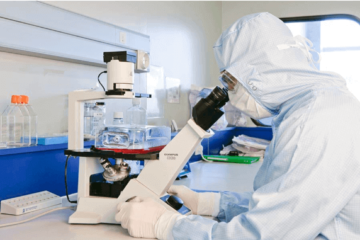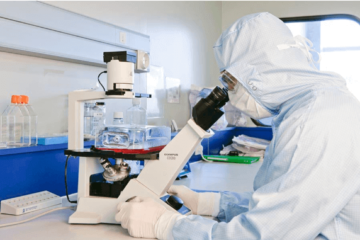Stem Cells in the Treatment of Rare Genetic Disorders
Stem cell therapies hold promise for treating rare genetic disorders by correcting genetic defects or providing functional cells to compensate for damaged ones. By analyzing recent advances in stem cell research, this article explores the potential and challenges of using stem cells to address these debilitating conditions.












